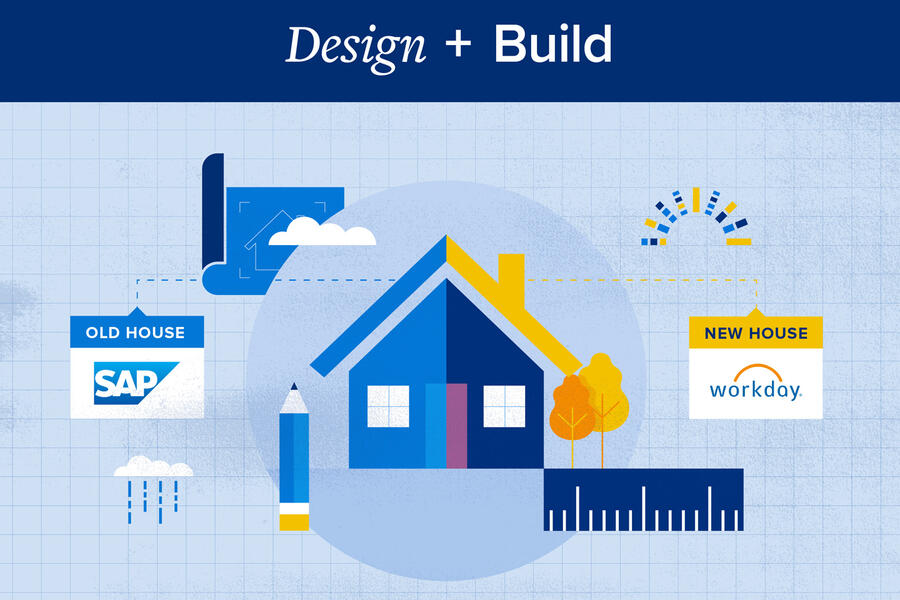Sightline, the Johns Hopkins program that will transition the university and health system from SAP to Workday in 2027, has entered its design and build phase.
This kicks off a year of activity focused on streamlining processes and configuring the future Workday technology that will serve as the integrated system for administrative work within human resources, finance, sponsored projects, and supply chain.
"We've spent time preparing and planning," says Matthew Nesbitt, program executive for the Johns Hopkins Sightline program. "Now the program pivots to designing this future state."
The right time
Like many large institutions, Johns Hopkins saw a need to update its technological infrastructure to support the growing range of critical administrative functions required to carry out its mission in a new age. Therefore, in 2023, it launched Sightline under the sponsorship of Kevin Sowers, JHHS president; Laurent Heller, JHU executive vice president for finance and administration; and Rich Mendola, Johns Hopkins chief information officer.
The SAP system was implemented in 2007, and after December 2027 the current version will no longer be supported. "Given SAP's end of life, this a necessary shift," Nesbitt says. Workday, a cloud-based platform, was selected in July 2024 to replace SAP.
"But this is not about just technology," Nesbitt says. "Modern technology requires simpler and consistent processes, which will empower our workforce to focus on the most important aspects of our mission—research, learning, and patient care."
Building the future
Starting in April 2025, Sightline will call upon more than 100 Johns Hopkins experts to help design and validate future-state processes. They will redesign hundreds of processes that support a wide variety of activities such as generating paychecks, hiring individuals, administering research grants, and buying supplies.
"Think of this phase like getting ready to move into a new home," says Zack Rose, lead for Sightline Project Management. "You first sort through your belongings to decide what goes to long-term storage and what goes to your new home. You then design the blueprint for your new high-tech home and the features you will need for the next chapter in your life."
Keeping the community informed
Sightline leaders will continue communicating decisions and upcoming changes to the broader Johns Hopkins community through road shows, town halls, and webinars. Plans are underway for teams across Johns Hopkins to provide input on transition and change management plans.
Sightline JHHS lead JoAnn Ioannou, JHHS vice president for strategic initiatives, says, "This isn't going to be a lift and shift. We are doing the hard work upfront, alongside and with ongoing commitment from our users, to ensure a more intuitive, user-friendly platform for our community."
In addition, Sightline JHU lead Fernanda Pio Roda, JHU assistant vice president for finance and administration transformation, adds, "Our commitment to engagement with our community cannot be overstated. We are actively partnering with them and will ensure that they are informed at every phase of the Sightline program."
Visit the Sightline business modernization program site to learn more about Workday at Hopkins in 2027.








